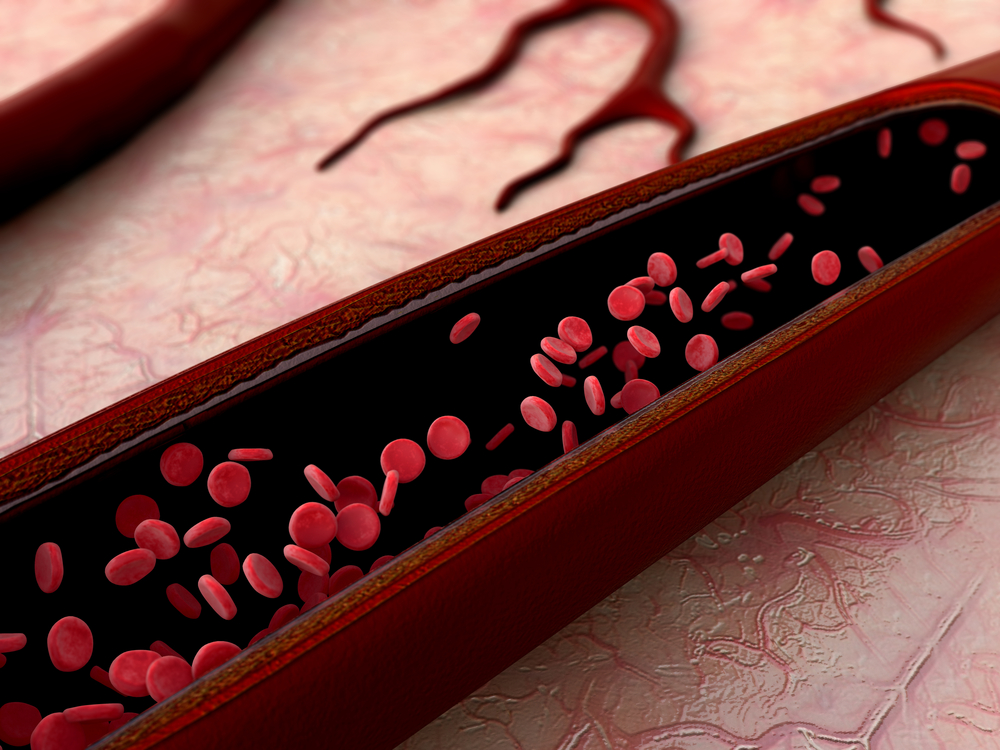Pulmonary Vascular Stiffening an Early Driver of Pulmonary Hypertension, Induces Vascular Remodeling

Researchers at Harvard School of Public Health in Boston recently revealed that pulmonary arterial stiffening may be an early event that drives vascular remodeling and leads to pulmonary hypertension (PH).
The findings were published in JCI Insight, in the study “Distal Vessel stiffening is an early and pivotal mechanobiological regulator of vascular remodeling and pulmonary hypertension.”
PH is characterized by pulmonary vascular remodeling and pulmonary arterial stiffening that increases pressure in vessels that move blood from the heart to the lungs. The pressure ultimately results in right ventricular failure and death. The condition can be caused by several factors; patient prognosis is commonly dependent on the underlying cause.
Increased pulmonary arterial stiffness has been linked to increased mortality in PH patients. Although recent work suggests that matrix stiffness may increase pathologic remodeling, the role of pulmonary arterial stiffness in the pathogenesis of PH has not been addressed.
The study’s senior author Dr. Laura Fredenburgh, and colleagues had previously developed a high-resolution microscopy technique, called atomic force microscopy (AFM), that allowed them to characterize the lungs elastic properties. For the study, they used this methodology to measure the local vascular stiffening observed in PH patients.
The investigators examined pulmonary arterial stiffness in two PH animal models, and in human smooth muscle cells and endothelial cells from the pulmonary artery grown on substrates that mimicked the stiffness of normal and remodeled pulmonary arteries.
Led by Fredenburg, the research team, showed that vascular stiffness occurred early in the disease, and induced a remodelling phenotype with enhanced cell reproduction and contraction, increased matrix synthesis, and the death of cells. The action was induced by the suppression of an enzyme called cycloxygenase-2 (COX-2), which then led to a reduction in prostacyclin production, a class of hormones that regulate smooth muscle contraction, vasoconstriction, and inflammation.
The stiff matrix also decreased the production of a class of prostaglandins that are important for protection against vascular remodeling.
Early treatment with a prostacyclin analog suppressed the pulmonary arterial stiffening in a PH rat model, and weakened the stiffness-dependent increases in proliferation, matrix deposition, and contraction in smooth muscle cells.
The study authored concluded: “Although long regarded as a consequence of vascular remodeling, our results now demonstrate that increases in PA [pulmonary artery] stiffness contribute to the pathogenesis of PH and suggest that interrupting this stiffness-dependent feedback cycle may offer a novel therapeutic approach for the treatment of patients with PH.”







